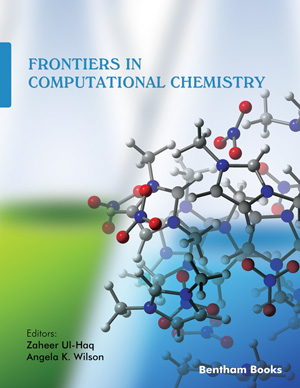Abstract
A review of ab initio computational chemistry methods that can be used for accurate studies of molecules and molecular design and simulation of chemical phenomena with applications that are relevant in exploring biological activity is presented. The review includes a discussion of recent computational approaches that account for the effects of electron correlation to a high degree and computational methods that seek to describe large molecular systems with reduced computational cost yet achieving good quality results. Comparison with available experimental data demonstrates the effectiveness of these computational methods in estimating accuracy, reliability, and scalability of the computational approaches discussed in this review. In recent years, the understanding of biological systems using electronic structure theorybased computational methods with applications to biology and medicine has gained increased interest. We draw special attention to the computational methods capable of describing phenomena relevant to biological activity and drug discovery and development, as well as the design of new materials relevant to understanding complex biological systems. As an application of these electronic structure methods, we include the case study of perboranation in aza-derivatives of aromatic five and six-membered rings.
Keywords: Configuration Interaction, Density Functional Theory, Dimethylmercury, Electron Correlation, Electronic Structure, Ellipticine/DNA Complex, Enzymes, Excited Electronic States, Green Fluoroprotein Chromophore, Ground Electronic States, Molecular Dynamics, Molecular Interaction Energies, Molecular Mechanics, Molecular Toxicity, Multiscale Models of Complex Chemical Systems, Novel Heteroborane Compounds, Perboranated Azines, Perboranated Azoles, pH, Polyenes, Potential Energy Surfaces, Proteins, Quantum Chemistry, Quantum Mechanics, Reaction Coordinate, Renormalization Group Approach, Seniority Number, Symmetry-Adapted Perturbation Theory, Toxicology, β-carotene.






















